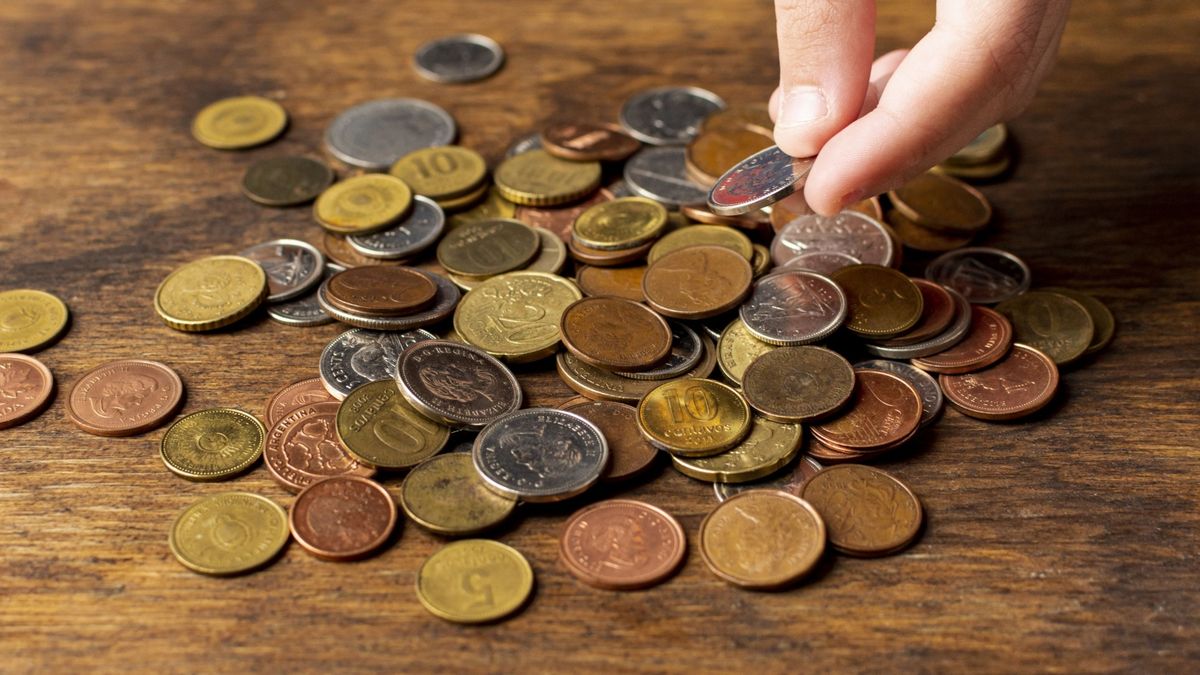Thanks to a detail, the Professional Co -Classification Service considered them “extremely rare.”
Among the eccentric collectors, there is a new hobby that has become quite common and is the numismatics. The interest in coins and bills has grown, and those interested are in the search for rare pieces, for which they are willing to pay hundreds of thousands of dollars.
The content you want to access is exclusive to subscribers.
An example of these cases is the ten cents, known as “Mercury tell” that, due to a minimum detail on the back, it can assess until $ 218,000. These currencies were coined between 1916 and 1945 and stand out, not only for their scarcity, but for a coveted detail.


10 cents currency

Collectors are willing to pay more than 200 thousand dollars for this piece.
Cataloged as extremely rare: how are Mercury tell
The coins in question are known as 1919-D and they are a true rarity of numismatics. They were designed by Adolph A. Weinman and coined between 1916 and 1945. The detail that makes them such coveted is known as Full Bands (FB) and refers to the main bands that surround the main design on the back that symbolize strength and unity.
These pieces have a detail on their reverse that is two bands in the main column and is particularly rare. And to be genuine, they must show a complete division in its central part, without interruptions or brands and with total sharpness. While the production reached an emission of millions of currencies, there are only a few with clear details that make them valuable.
El Mercury Dime from 1919, the currency that can be worth thousands of dollars
The most valuable pieces are composed of a 90% silver and 10% copperthey had “undeniably divided and completely rounded end -to -end” bands with an outstanding brightness, despite the delicate golden nuances.
The qualification granted by the Professional Coin Classification Service (PCGS) was MS66 on the quality scale and one of its specimens It came to auction at $ 218,000, according to Heritage Auccans.
Source: Ambito




